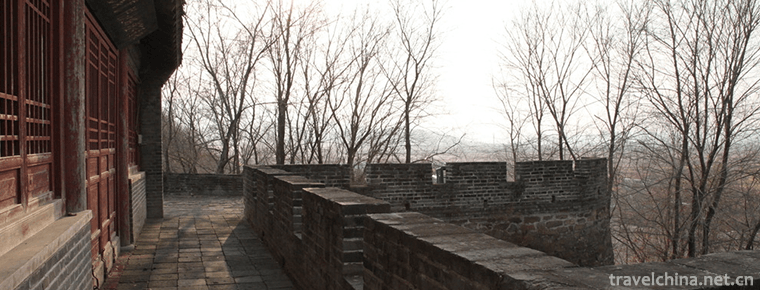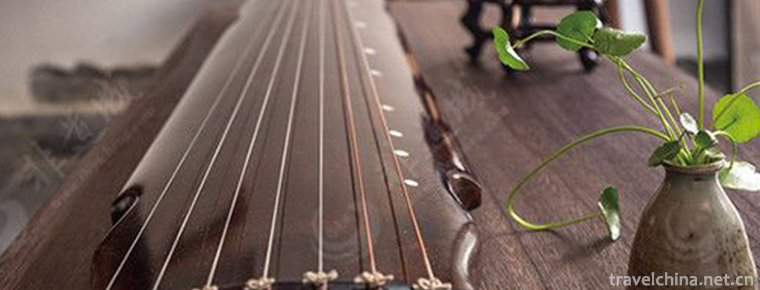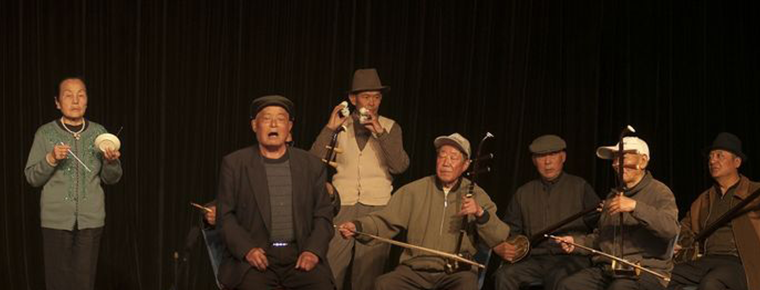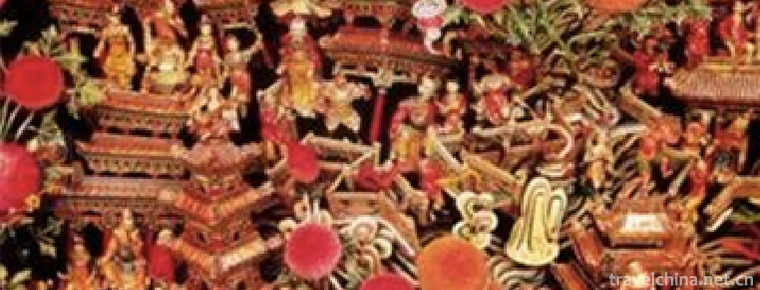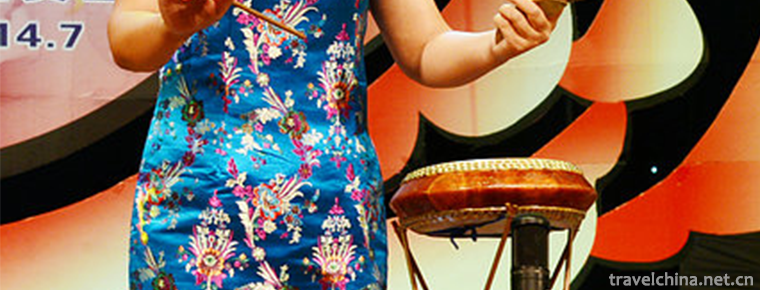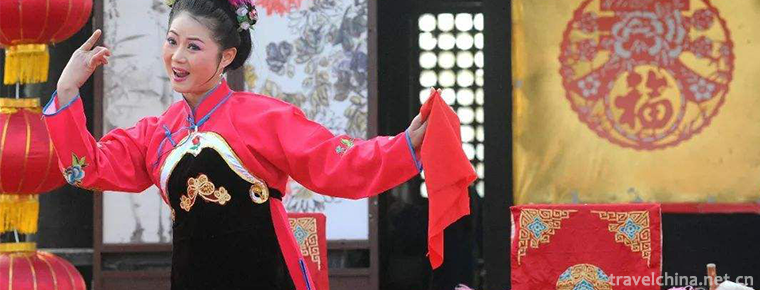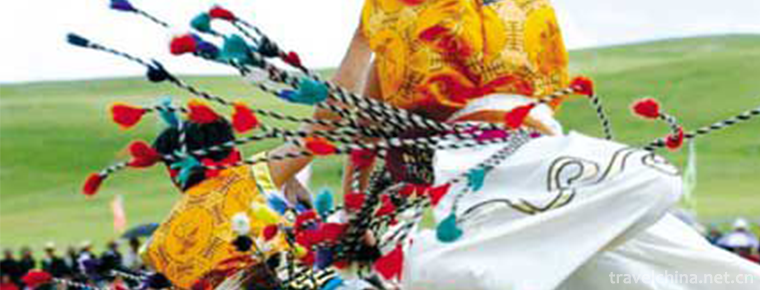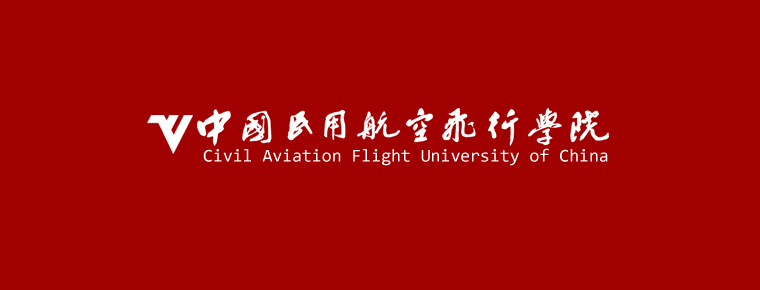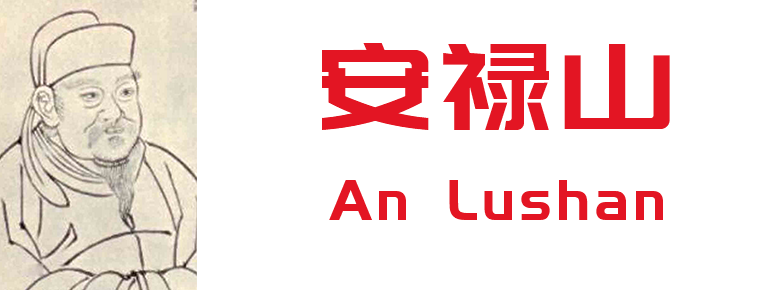Henan Pendant
Henan Pendant
Henan pendant originated in Henan Province. It is a traditional form of folk art which is formed by the combination of Taoism, Yinggeliu and Sanxianshu, which are popular in Henan and Northern Anhui. It has a history of more than one hundred years. It is popular in Henan, Shandong, Anhui, Tianjin, Beijing and other places. Because the main accompaniment instrument is "Fallen Boy String" (now known as Fallen Hu), and singing with Henan voice, Henan Fallen Boy is called Henan Fallen Boy. The singer sings with his left hand on sandalwood or jujube boards. There are also two singers, one singing Jade, one singing cymbals or drums. There are a few who sing by themselves. The lyrics are basically seven-character sentences. Accompaniers play the lute, and some step on the bangles. In the early stage, most of the actors sang short stories, and some of the actors sang long stories. Modern subjects are short stories.
On May 20, 2006, the opera was approved by the State Council and listed in the first batch of national intangible cultural heritage list.
development history
predecessor
Henan pendant is a relatively unique form of music, commonly known as "Henan Pendant script", "simple blackboard script" or "sound blackboard script", because of the use of Henan pendant string (also known as pendant) accompaniment named. It is popular in Henan and other central plains and some provinces and cities in North China.
The predecessor of Henan pendant was Tao Qing popular in Henan and Yinggeliu. Since the late Qing Dynasty, the two kinds of artists gradually merged and absorbed each other in music singing, especially after the three strings of Yinggeliu's accompaniment drum were transformed into bowstring instruments and accompaniment melody changed fundamentally, which led to a major change in singing music, and the use of "slippery tune" (vulgar "humming string", used before the tune began). It is the expression of ripeness of curve type. The emergence of new singing and music structure is the symbol of the formation of Henan pendant, which was around 1900.
formation
In the process of forming Henan pendant, with its fresh and lively characteristics, it attracted many Sanxianshu and Shandong drum artists to participate in the ranks of reform and creation. Henan pendant has increased a large number of repertoires, enriched singing skills, and promoted the maturity of this new type of music, and quickly spread to neighboring Shandong and Anhui. It was introduced to Beijing in the early years of the Republic of China, Tianjin, Shanghai and Shenyang in the 1920s, Lanzhou and Xi'an in the 1930s and Wuhan, Chongqing and Hong Kong in the 1940s. It has become one of the most popular forms of Chinese opera.
After the Revolution of 1911, with the deepening of the idea of equality between men and women, female artists began to appear in Henan's fall performance. The earliest group of female artists known as Zhang Sanni and Yin Fengbao appeared in Xiangguo Temple in Kaifeng. Their appearance and the formation of family classes make the performance of Henan pendant appear the way of male-female or male-female duet besides the usual self-pulling and self-singing. In 1913, the first actress Zhang Sanniu appeared in Henan Province, followed by Qiao Qingxiu, Cheng Yulan and Dong Guizhi. The emergence of actresses prompted Henan pendant to expand its vocal range, reform and enrich its melody, and improve its accompaniment skills. Soon afterwards, the fall of Henan was introduced into big cities such as Beijing and Tianjin, and its influence was also expanding.
Prosperous
In the late 1930s, Qiao Liyuan and Qiao Qingxiu, famous couples in Nanle, Daming and Qingfeng of Henan Province, were invited to perform in Tianjin, followed by Dong Guizhi and Cheng Yulan. They performed in Tianjin and made records, which affected Rilong. Among them, Qiao Qingxiu and Qiao Liyuan's partner performance style is unique, rhythm is smooth, articulation is clear and crisp, singing melodiously, known as "Xiaokou", "Qiaokou" or "Qiao School"; Cheng Yulan's singing is characterized by stereotyped, deep and implicit, known as "Laokou" or "Cheng School"; Dong Guizhi's singing voice is mellow, simple and clear, known as "Dakou" or "Dong School". The emergence of actresses has made the performance of Henan pendant tend to be short "singing" in big cities. Although it enriches the melody of singing, expands the range of singing, and improves the accompaniment skills, it also loses the characteristics and advantages of long rap. In Henan Province, the famous artists at that time were Zhao Yanxiang, Zhang Zhikun, one of the four famous performances in Shangqiu, and Li Fengming. The female artists were Liu Mingzhi, Liu Guizhi and Liu Zongqin, who were known for their exquisite performances, charming performances and extravagant performances.“ Zhengzhou Sanliu.
During the War of Resistance Against Japan, Henan pendants were introduced into Shanghai, Shenyang, Xi'an, Lanzhou, Wuhan, Chongqing and Hong Kong, and became one of the most popular forms of folk art in China.
Grow up
After the founding of the People's Republic of China, Henan pendant actors actively compiled a number of new songs, publicized new ideas and praised new life. Yao Junying sang "Ten Girls Quaff" and "Miss Picking Cotton" to publicize "Marriage Law", while Zhou Yuhua sang "Kao Shenfu", "Yang Fagui Wrestlers" and "Wei Bingyi Xia Jiangnan" to break superstition and praise the PLA heroic deeds.
After 1956, a new generation of Henan pendant actors in Beijing grew up. In their efforts to inherit the tradition and compile new songs, they carried out a series of reforms and attempts to Henan pendant music and performance in line with the development of the times. Ma Yuping, Liu Huiqin and Li Shaohua have all achieved gratifying results.
Present situation
After the end of the 20th century, the survival and development of Henan pendant encounter unprecedented difficulties, the number of artists declined sharply, and performances were few, which urgently need support and protection.
The state attaches great importance to the protection of intangible cultural heritage. On May 20, 2006, the opera was approved by the State Council and listed in the first batch of national intangible cultural heritage list.
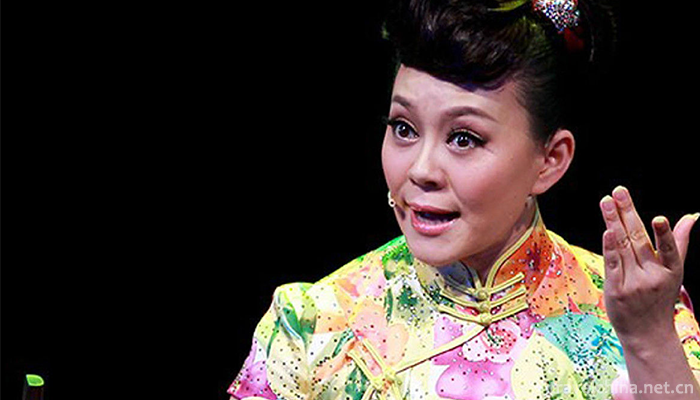
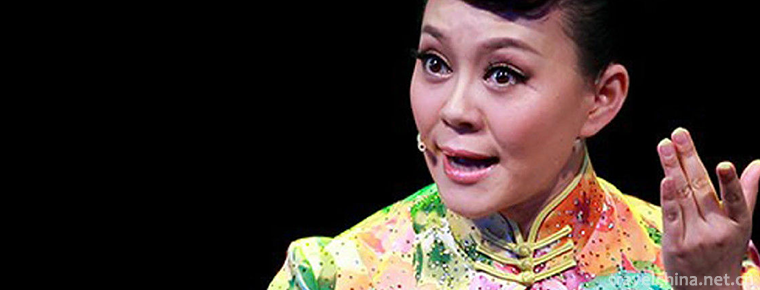
Henan Pendant
-
The ancient city of Hetuala
The ancient city of Hetuala is located in Yongling Town, Xinbin Manchu Autonomous County, Liaoning Province. It is 5 kilometers west of Qingyongling
Views: 229 Time 2019-01-13 -
Guqin art
Guqin art is embodied as a solo art form of flat stringed instruments. It also includes both singing and playing, as well as the ensemble of piano and xiao.
Views: 121 Time 2019-05-01 -
Five Palace Tunes in Haizhou
Haizhou Five Palace Tunes is a traditional folk music with a long history. It is an important link of Ming and Qing folk songs in Jiangsu Province. It is a precious relic of ancient "Zhugong Tune
Views: 124 Time 2019-05-02 -
Sweat green
"Khan Qing Gele" is a heroic epic of the Mongolian people in Haixi. In the form of rap and speech, it tells the story of the Mongolian heroes destroying demons and saving the people, flashin
Views: 242 Time 2019-05-02 -
Leting drum
Music Pavilion Drum is a representative form of traditional music drum book and drum music in northern China. It is widely spread in eastern Hebei, Beijing, Tianjin and northeastern Liaoning, Jilin, H
Views: 298 Time 2019-05-11 -
Liuqin drama
Liuqin Opera, a local traditional drama in Zaozhuang City, Shandong Province, is one of the national intangible cultural heritage.
Views: 160 Time 2019-05-14 -
Reba Dance
Reba dance is a form of dance performed by Tibetan "Reba" artists. Reba is a group of street artists who make a living selling arts (usually composed of family as the basic unit) performing,
Views: 201 Time 2019-06-11 -
Neijiang Normal University
Neijiang Normal University is a full-time general undergraduate college organized by Sichuan Provincial People's Government. Neijiang City, where the school is located, is located in the middle of Che
Views: 199 Time 2019-08-31 -
Civil Aviation Flight University Of China
The school is directly under the Civil Aviation Administration of China. Its predecessor was established in May 1956 with the approval of Premier Zhou Enlai. Chairman Mao Zedong appointed the aviation
Views: 196 Time 2019-08-31 -
Beijing University of Civil Engineering and Architecture
Beijing Architectural University is a pilot University jointly constructed by Beijing and the Ministry of Housing and Urban-Rural Construction, the "Education and Training Plan for Excellent Engi
Views: 157 Time 2019-09-06 -
An Lushan
An Lushan (703 to 757 years). Yingzhou (today's Liaoning Chaoyang) Kang Name Rolling hill 。 His father may be kang Hu people Mother A Stead S is a the turks Witch. According to legend, his mother did
Views: 292 Time 2019-09-11 -
Leshan science and technology
By the end of 2018, Leshan had 12 provincial engineering technology research centers and 33 municipal engineering technology research centers. There are 83 high-tech enterprises and 353 Municipal Science and technology enterprises. There are
Views: 193 Time 2020-12-17
